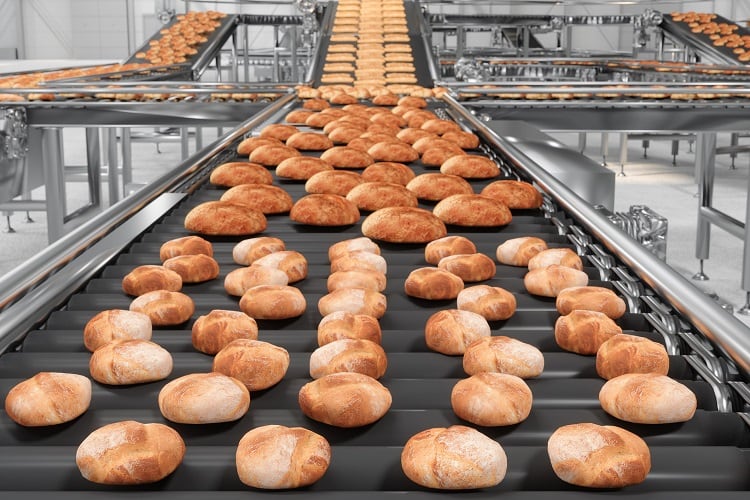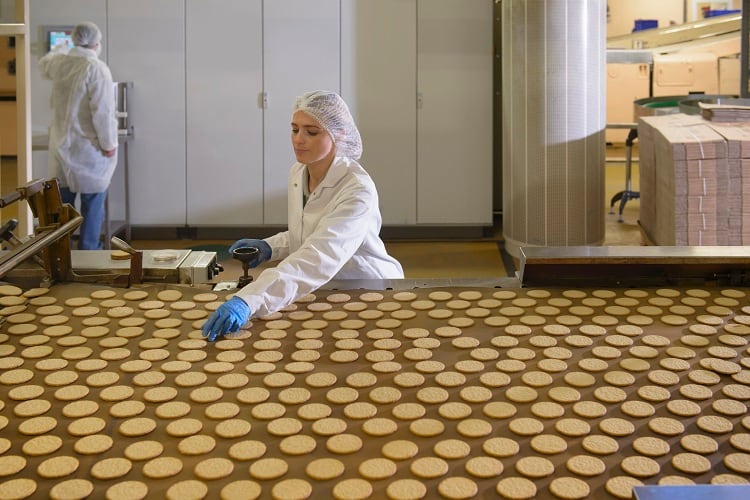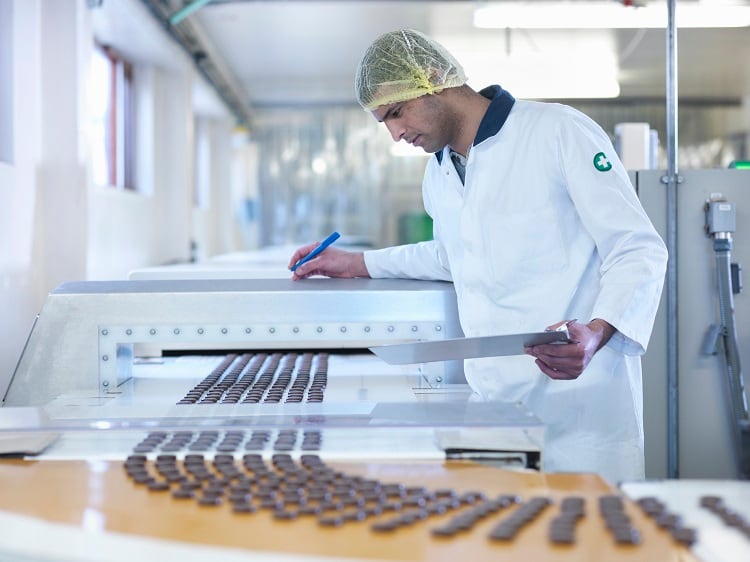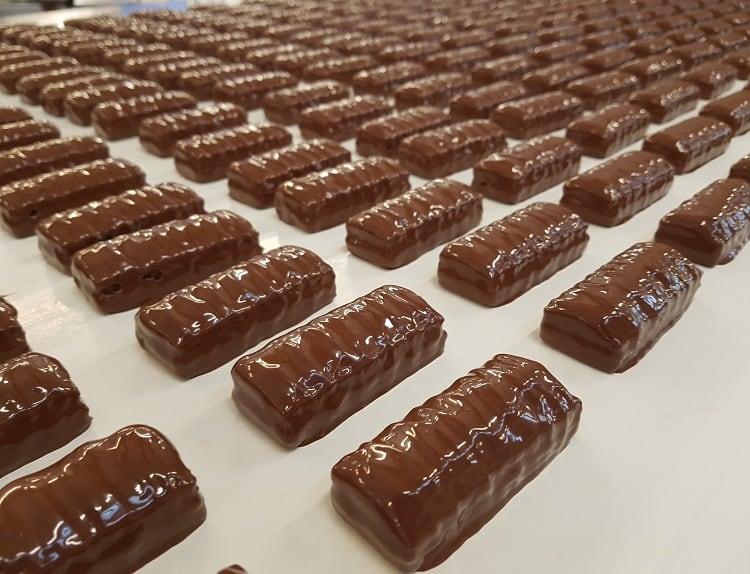Food waste is a major issue at all stages of the supply chain, with the United Nations (UN) estimating that around 13% of food produced globally is lost between harvest and retail, and a further 17% is wasted in households, food service and retail.
“Food loss and waste undermine the sustainability of our food systems,” says a spokesperson for the UN. “When food is lost or wasted, all the resources that were used to produce this food - including water, land, energy, labour and capital - go to waste. In addition, the disposal of food loss and waste in landfills leads to greenhouse gas emissions, contributing to climate change. Food loss and waste can also negatively impact food security and food availability and contribute to increasing the cost of food.”
What’s more, food waste is extremely costly, with the World Food Programme (WFP) estimating the total cost of food loss and waste to be around one trillion USD annually. This places a huge strain on the global economy.
It’s no surprise then, that manufacturers are prioritising the reduction of food waste in their factories, not just to save the planet, but to save money too.

How are food manufacturers cutting food waste in factories?
Some of the biggest food manufacturers in the business are approaching the problem of food waste as a priority.
“We are committed to reducing food waste across our operations and have been working hard to deliver on this for a number of years,” a spokesperson for Mondelēz International told FoodNavigator.
Furthermore, the company is taking a holistic approach to the problem, looking at food waste across all areas of the company, rather than focusing on one single issue.
“Across our company-owned manufacturing sites, our global standard helps us to focus on several actions that help us reduce and eliminate food waste, including examples such as conducting site waste inventory and mass balance to identify sources and quantify food waste, setting annual site-specific objectives and targets to reduce food waste and food waste reduction roadmaps.”
And this approach is being reflected across the food industry, with The Kraft Heinz Company also tackling the problem in all divisions.
As it stands, food waste targets are voluntary. But in the EU, this could soon change. The European Commission has proposed that Member States cut food waste by 10% in processing and manufacturing. The Parliament voted for this food waste target to be increased to 20%. If the proposed law is adopted, it would be up to Member States to enforce these legally binding targets.
“We think about waste holistically,” said a spokesperson for Kraft Heinz. “To source, produce, and package food and beverage products requires several inputs and outputs related to ingredients and byproducts, material flows, and end-of-life packaging considerations. When we think about materials and food-related flows, detailed waste evaluations help us identify where we can ‘prevent, reduce, repurpose, and recycle.’ In fact, our owned global manufacturing facilities divert more than 90 percent of our solid waste to recycling or byproducts usage.”
One major use of food waste, being utilised by some factories, is into animal feed as part of the circular economy.
"All byproducts from the production process (such as soy cake and soy residue) are diverted to the animal feed industry," said a spokesperson from Kraft Heinz on its facility in Pasuruan, Indonesia.
And, perhaps most importantly, animal welfare organisations support this practice.
"Food-waste-to-feed pathways can provide potential benefits, particularly to alleviate land-use," said a spokesperson for the World Wildlife Fund (WWF).
Furthermore, it can save food manufacturers money in disposal costs.
"Turning wasted food into animal feed can save farmers and companies money as it can be cheaper than hauling wasted food to a landfill," said a spokesperson for the US Environmental Protection Agency. "Companies can also provide food scraps to producers that make animal or pet food. There are many opportunities to feed animals, help the environment and reduce costs."

The future of food waste in factories
Food manufacturers are not just working to reduce food waste now, they are also setting targets to prepare for the future.
“We are committed to continuing our mission to reduce food waste in our factories, as well as reduce our environmental footprint in alignment with our Vision 2030 and Vision 2050 business strategies,” said a spokesperson for Mondelēz.
Other major players in the food industry are clearly in agreement.
“As we look to the future, we are continuing to prioritise key global facilities for waste elimination,” explained a spokesperson for Kraft Heinz. “Our facilities continue to seek opportunities to reduce the waste we generate and divert waste for beneficial reuse and other by-products. We are also focused on improving manufacturing yield and thus reducing and eliminating waste early in the production process.”
Food waste is an industry-wide issue and so collaboration and innovation will benefit all parties.
"Food waste is a challenge that we, alongside our peers and competitors in the industry, face," added a spokesperson for Mondelēz.
And this will not just help to prevent climate change but help to reduce costs too.






